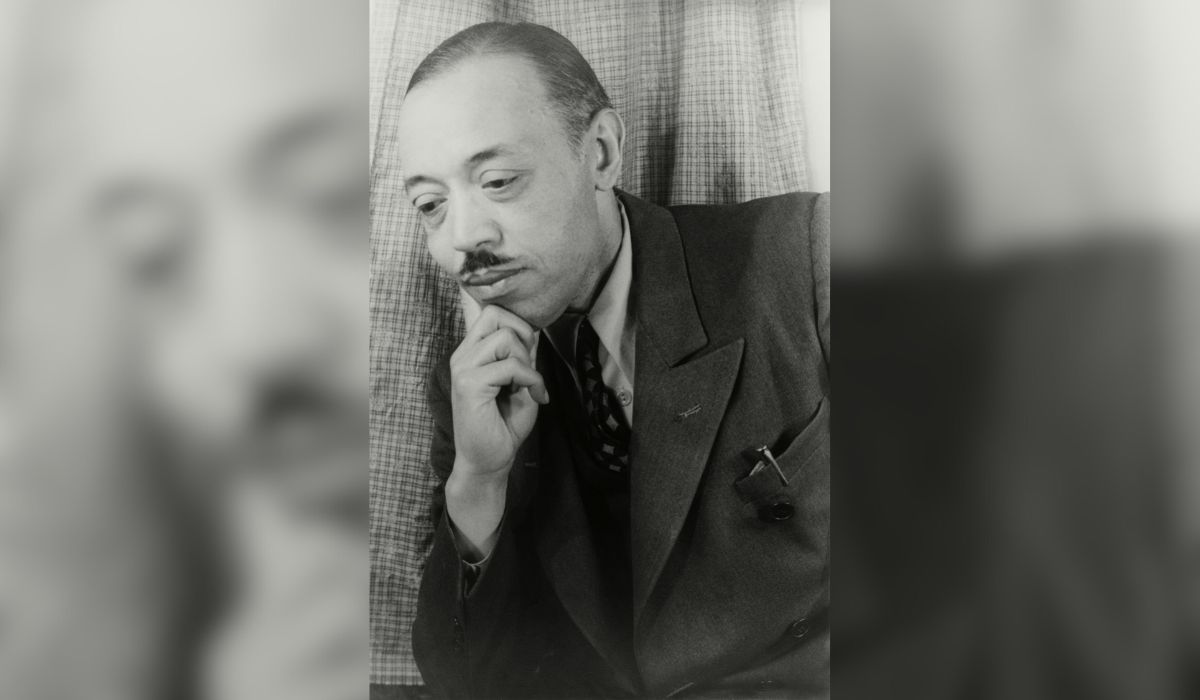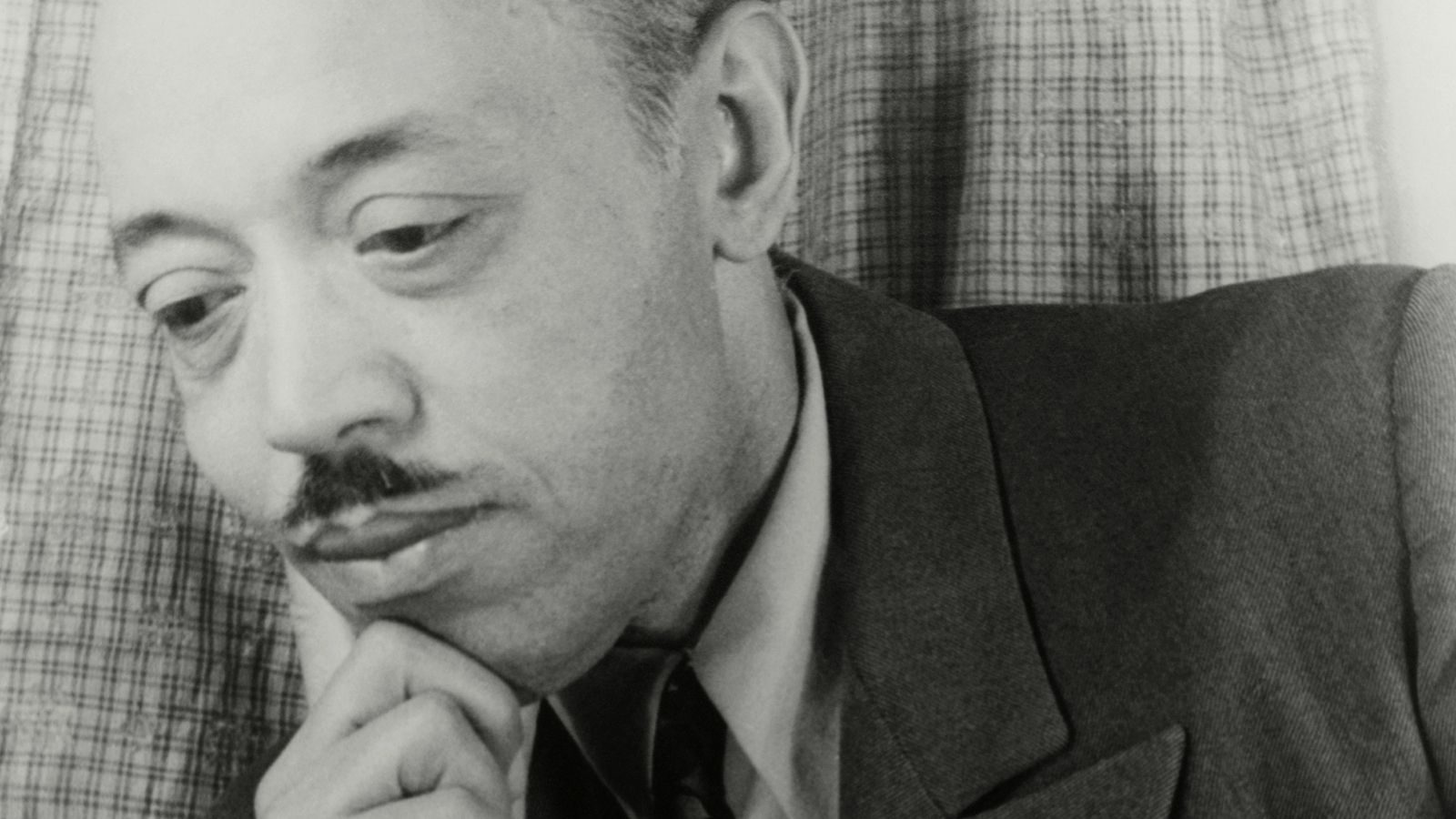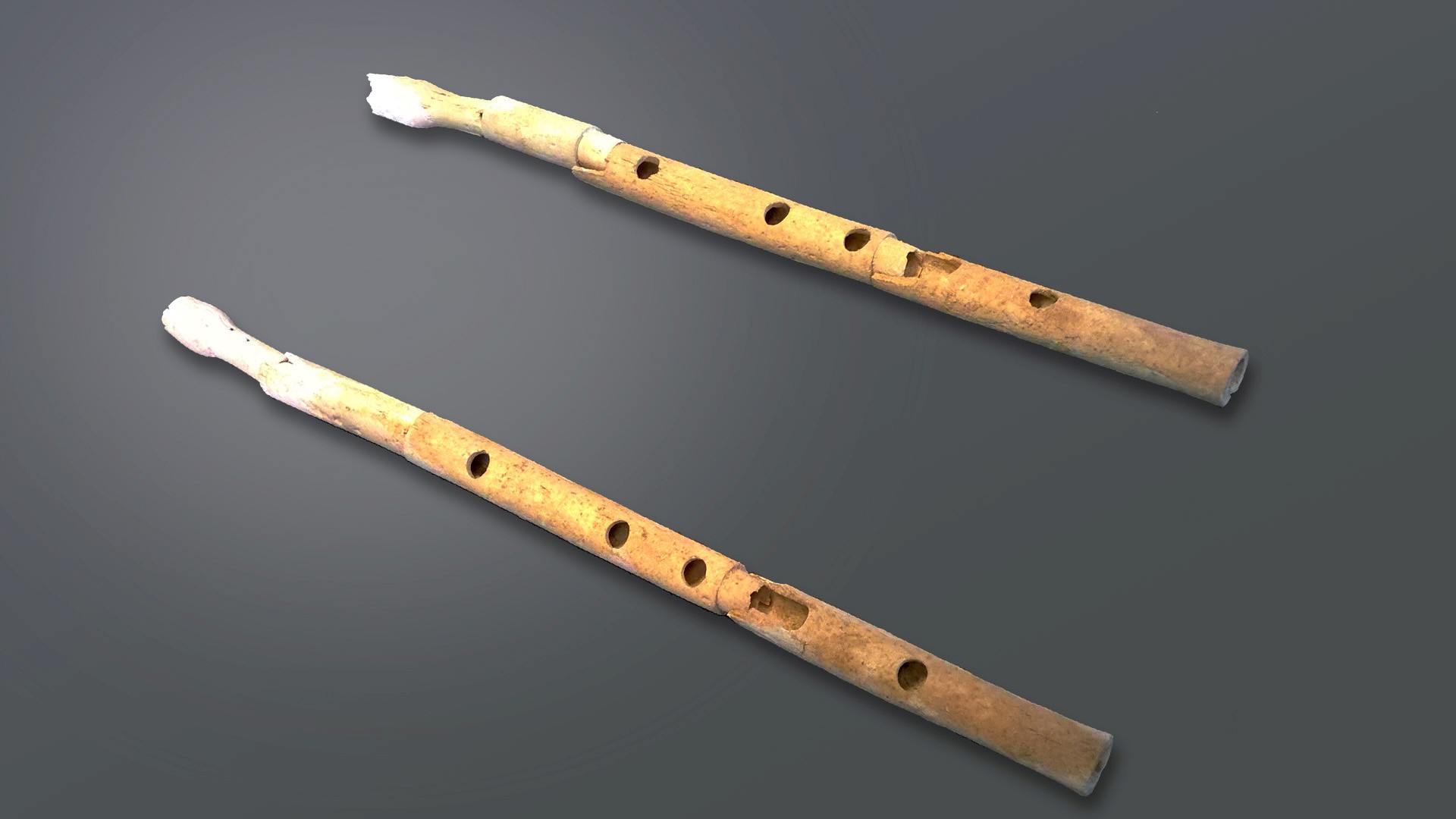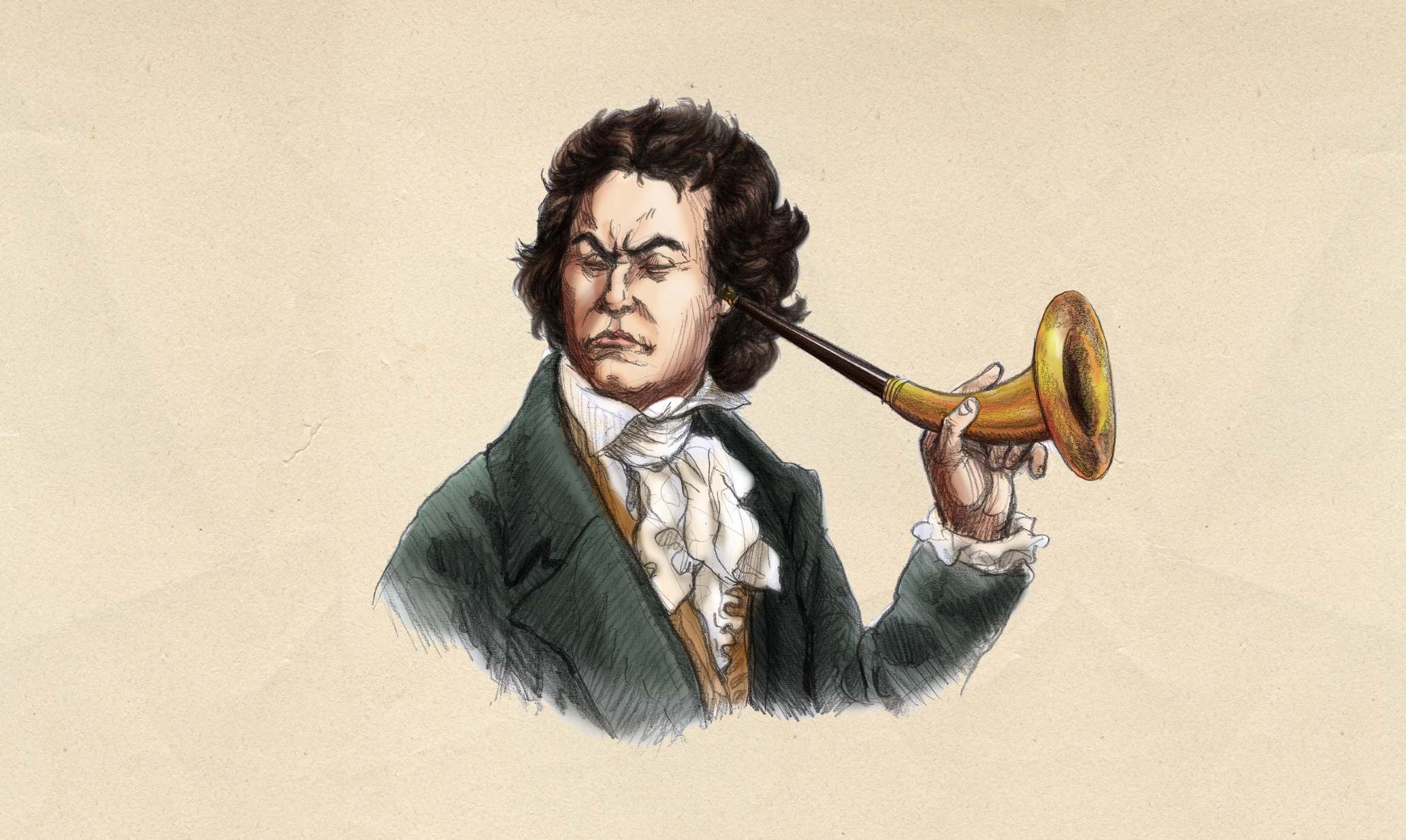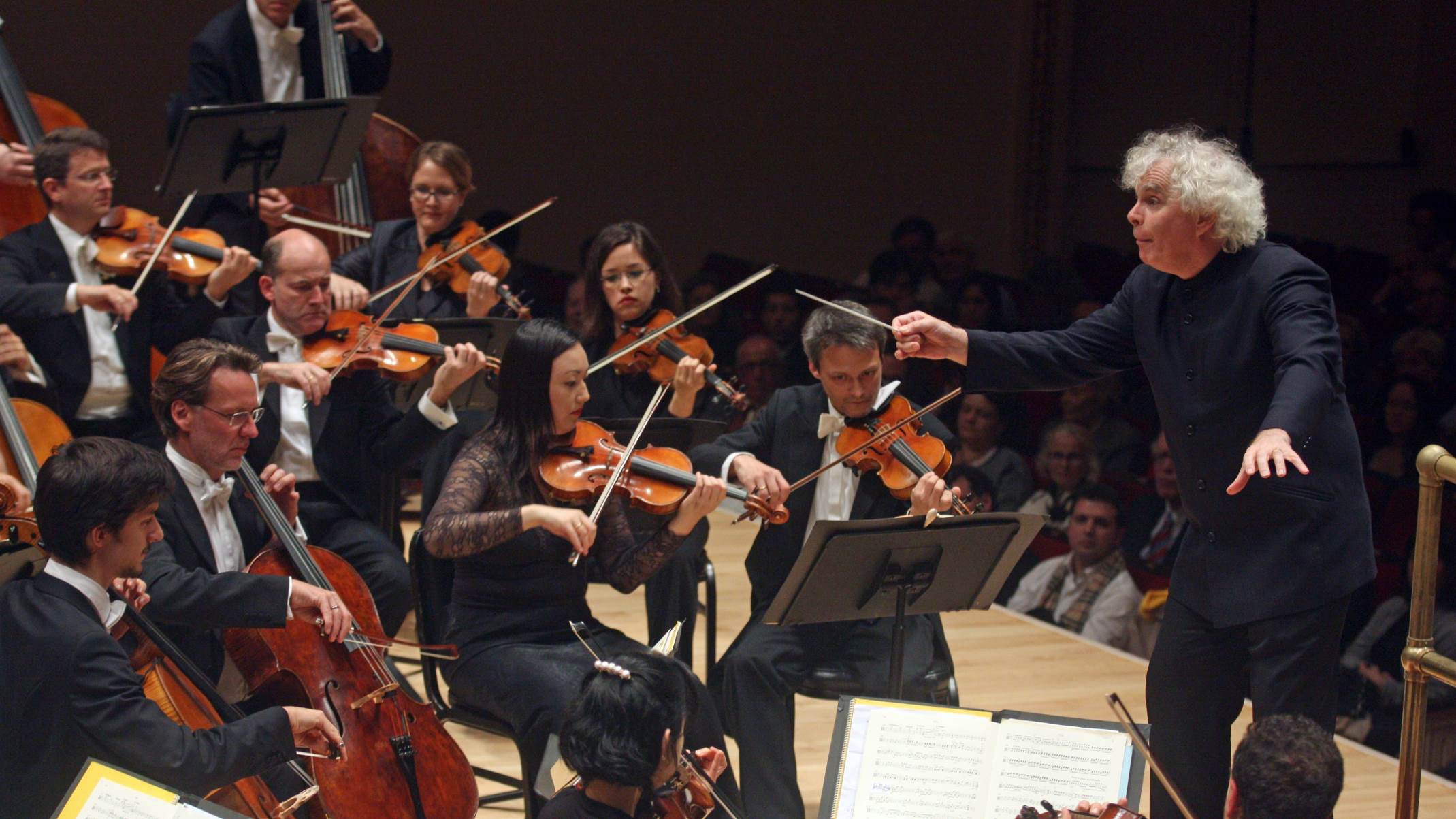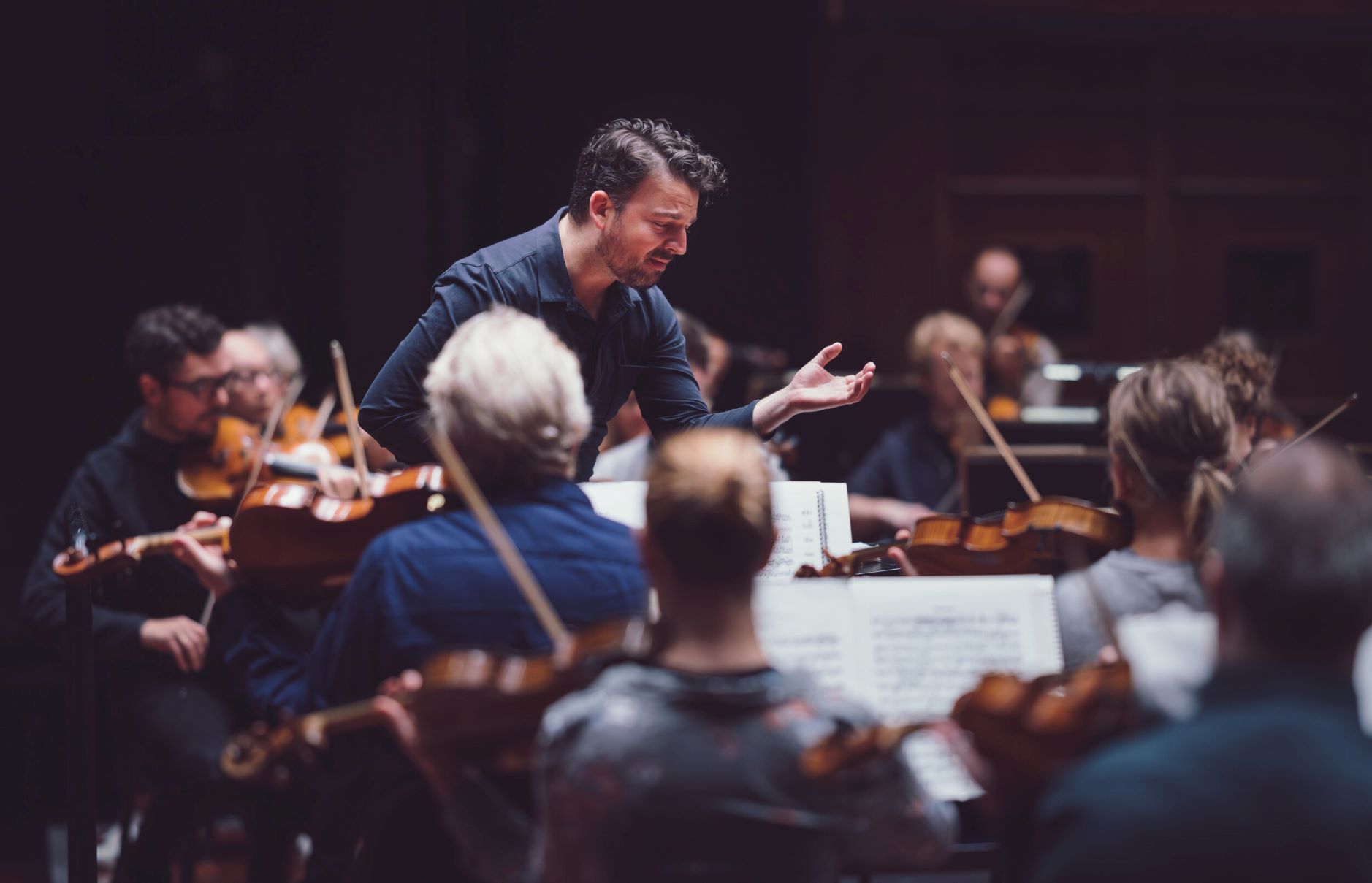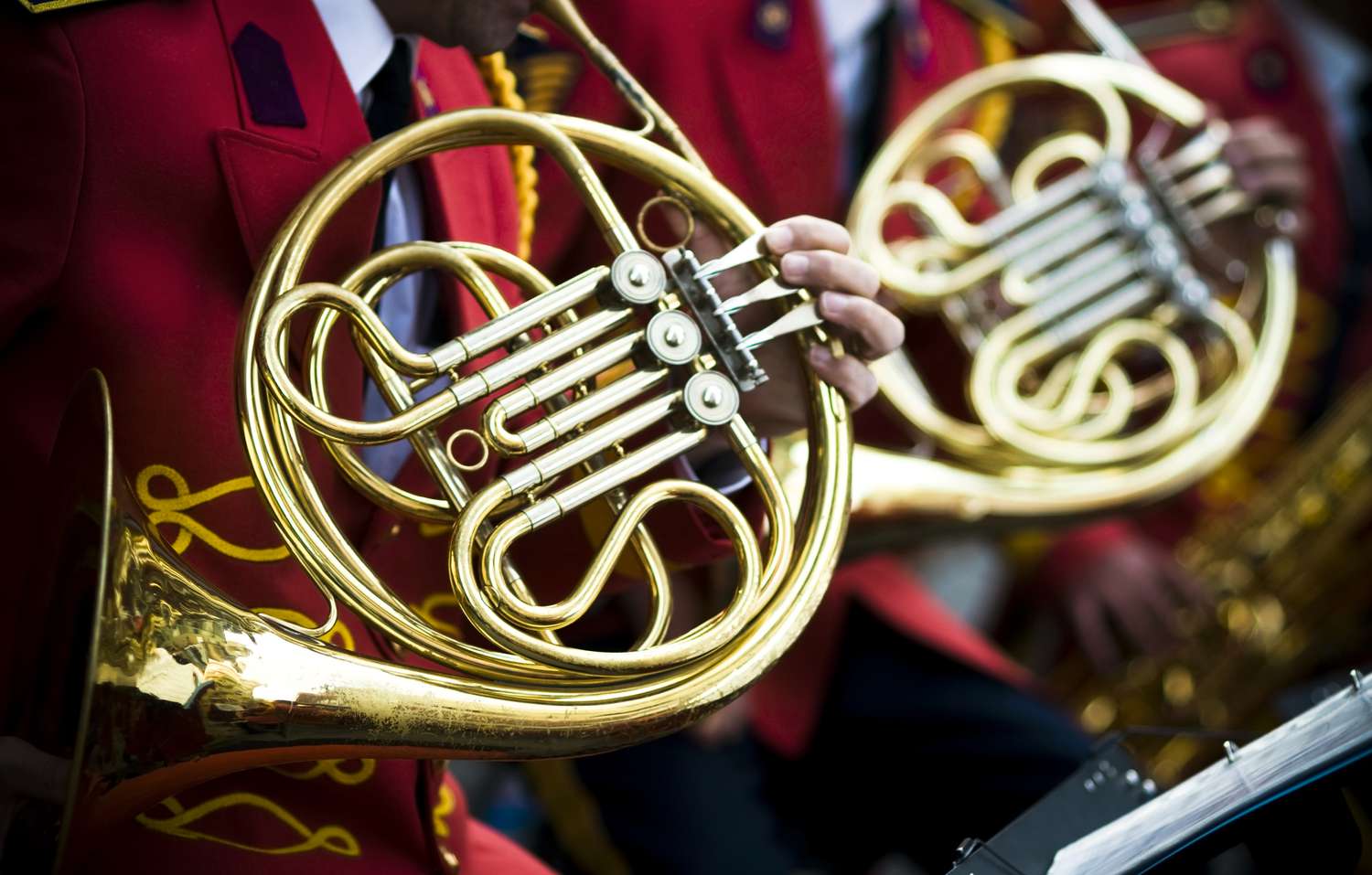

Symphony
When Was The First Symphony Written
Modified: February 24, 2024
Discover the origins of the symphony and learn when the first symphony was written. Explore the rich history and evolution of this iconic musical genre.
(Many of the links in this article redirect to a specific reviewed product. Your purchase of these products through affiliate links helps to generate commission for AudioLover.com, at no extra cost. Learn more)
Table of Contents
Introduction
The symphony is a musical composition that holds a prestigious place in the world of classical music. Known for its grandeur and complexity, the symphony has captivated audiences for centuries. But when was the first symphony written? In order to answer this question, we must delve into the origins and development of symphonic music.
A symphony is typically an extended musical composition consisting of multiple movements, often performed by a full orchestra. It is a genre that showcases the artistic brilliance of composers and the technical prowess of the musicians who bring their creations to life. Symphony orchestras are celebrated for their ability to create an immersive and powerful musical experience.
The evolution of the symphony can be traced back to ancient civilizations where music played an integral role in religious and cultural ceremonies. However, the concept of the symphony in its recognizable form began to take shape during the Baroque period in the 17th and 18th centuries. During this time, composers and musicians began experimenting with different musical structures and instrumentation.
While the symphony as we know it today had its roots in the Baroque period, it was the Classical era that saw its true emergence. Composers such as Franz Joseph Haydn, Wolfgang Amadeus Mozart, and Ludwig van Beethoven were instrumental in shaping the symphony as a distinct art form. These composers expanded the possibilities of orchestration, form, and musical development within the symphony.
With each passing era, the symphony continued to evolve and adapt to changing tastes and musical styles. Romantic composers, such as Gustav Mahler and Pyotr Ilyich Tchaikovsky, pushed the boundaries of the symphonic form, incorporating more dramatic and emotional elements. In the 20th century, composers like Igor Stravinsky and Dmitri Shostakovich introduced modern and experimental techniques into their symphonic works.
Today, the symphony remains a significant part of the classical music repertoire. Symphony orchestras around the world continue to perform and interpret the works of both past and contemporary composers, keeping the tradition alive. The first symphony may have been written centuries ago, but its impact and influence on music and culture are still felt today.
Definition of a Symphony
Before we explore the origins of the symphony, it is important to have a clear understanding of what exactly constitutes a symphony. At its core, a symphony is a large-scale musical composition written for a symphony orchestra.
A symphony typically consists of multiple movements that are distinct sections within the larger composition. These movements can vary in terms of tempo, mood, and musical structure. Commonly, a symphony will include three to four movements, but there have been symphonies with as few as two movements or as many as seven or more.
Each movement within a symphony serves a specific purpose and contributes to the overall narrative of the piece. Movements can be fast and energetic, slow and lyrical, or somewhere in between. They often contrast with one another in terms of character and musical content, creating a sense of dynamism and variety within the composition.
Composers utilize different musical forms and structures within each movement. The most common forms found in symphonies include sonata form, theme and variations, minuet and trio, and rondo form. These structural frameworks provide a roadmap for the development and progression of musical ideas.
Orchestration is another important aspect of a symphony. Composers carefully choose which instruments and sections of the orchestra to use in different parts of the composition. This allows for a rich and diverse sonic palette, with different timbres and colors blending together to create a vibrant and cohesive musical experience.
While symphonies are traditionally performed by a symphony orchestra, there have been adaptations and arrangements for smaller ensembles or even solo instruments. These arrangements maintain the essence and character of the original symphony, albeit with some modifications to accommodate the reduced instrumentation.
In summary, a symphony is a large-scale musical composition with multiple movements that is typically performed by a symphony orchestra. It is characterized by its diverse range of musical forms, contrasting movements, and careful orchestration. The symphony is a testament to the creativity and vision of composers throughout history who have pushed the boundaries of musical expression.
Origins of Symphonic Music
The origins of symphonic music can be traced back to ancient civilizations where music played a significant role in religious and cultural ceremonies. However, the concept of the symphony in its recognizable form began to take shape during the Baroque period in the 17th and 18th centuries.
During the Baroque period, composers and musicians began experimenting with different musical structures and instrumentation. One significant development was the rise of the concerto grosso, a composition that featured a small group of soloists (the concertino) accompanied by a larger ensemble (the ripieno). This form of composition laid the foundation for the dialogue and interaction between different sections of the orchestra that would later become a hallmark of the symphonic style.
Another influential precursor to the symphony was the sinfonia, a term used during the Baroque era to refer to an instrumental interlude performed between acts of an opera or as an independent composition. The sinfonia typically consisted of a single movement and showcased the composers’ ability to create melodic and rhythmic interest using orchestral forces.
However, it was during the Classical era that the symphony truly came into its own. Composers such as Franz Joseph Haydn, Wolfgang Amadeus Mozart, and Ludwig van Beethoven paved the way for the development of the symphony as a distinct genre. Haydn, often referred to as the “Father of the Symphony,” composed over a hundred symphonies, setting the stage for the symphonic style that would dominate the musical landscape.
Mozart, too, made significant contributions to the symphonic repertoire, with masterpieces such as his Symphony No. 40 in G minor and Symphony No. 41 in C major (‘Jupiter’). These works exemplified Mozart’s mastery of orchestration, form, and musical development, earning him a prominent place in symphonic history.
Beethoven, a revolutionary figure in music, revolutionized the symphony. His symphonies, such as the iconic Symphony No. 5 in C minor and Symphony No. 9 in D minor (‘Choral’), pushed the boundaries of the genre with their emotional intensity, innovative structures, and expanded orchestration. Beethoven’s symphonies marked a turning point in the development of symphonic music, setting the stage for the Romantic era that would follow.
The origins of symphonic music are diverse and encompass various musical forms and influences. From the ancient civilizations to the Baroque period and the Classical era, composers continually pushed the boundaries of musical expression, leading to the emergence of the symphony as a distinct and captivating musical genre.
Early Forms of Symphony
Before the symphony as we know it today took shape, there were several early forms and precursors that paved the way for its development. These forms, while not explicitly called symphonies, laid the groundwork for the evolution of the genre.
One important early form was the Italian overture, also known as the sinfonia. This instrumental composition served as the opening of Italian opera and was typically in three sections: fast-slow-fast. The Italian overture had a significant impact on the structure and style of the symphony, as it showcased the contrast between energetic and lyrical sections.
Another influential form was the French overture, which emerged in the 17th century. The French overture was characterized by its majestic and grandiose opening section, followed by a more lively and rhythmic middle section. This form influenced the overall structure and mood of early symphonies, particularly in the use of contrasting sections.
During the transition between the Baroque and Classical eras, composers began experimenting with various instrumental forms that laid the groundwork for the symphony. One example is the symphonie concertante, a composition featuring multiple solo instruments accompanied by an orchestra. The symphonie concertante showcased the virtuosity of the individual performers while still maintaining a sense of orchestral unity.
As the symphony began to emerge as a distinct genre during the Classical era, composers like Franz Joseph Haydn and Wolfgang Amadeus Mozart were at the forefront of its development. Haydn’s early symphonies often displayed traits of the symphonie concertante, with prominent solo passages for different instruments within the orchestra. Mozart, on the other hand, further refined the structure and form of the symphony, adapting it to suit his unique musical style.
One notable composer who bridged the gap between the early forms and the modern symphony was Carl Philipp Emanuel Bach. He experimented with more dynamic and expressive elements in his symphonies, moving away from the standard three-movement structure and incorporating more diverse musical forms and techniques.
Overall, the early forms of symphony were characterized by their exploration of contrasting sections, their use of various instrumental combinations, and their impact on the development of symphonic structure. While these early forms may differ in terms of their specific characteristics, they all played a vital role in shaping the symphony as it evolved into the grand and elaborate musical genre known and loved today.
The Birth of the Modern Symphony
The birth of the modern symphony can be attributed to the revolutionary changes that took place during the Classical era. Composers like Franz Joseph Haydn, Wolfgang Amadeus Mozart, and Ludwig van Beethoven pushed the boundaries of musical expression, transforming the symphony into the grand and powerful form we recognize today.
Franz Joseph Haydn, often referred to as the “Father of the Symphony,” made significant contributions to the development of the genre. He composed over a hundred symphonies, each showcasing his masterful command of form, orchestration, and musical innovation. Haydn’s symphonies exhibited a clear structure and balance, often consisting of four movements: a fast, dramatic opening; a lyrical slow movement; a lively minuet or scherzo; and a joyful finale.
Wolfgang Amadeus Mozart, a musical prodigy and one of the most revered composers in history, elevated the symphony to new heights of artistic expression. Mozart’s symphonies demonstrated a remarkable blend of technical brilliance and emotional depth. Works like Symphony No. 40 in G minor and Symphony No. 41 in C major (‘Jupiter’) exemplify his ability to create intricate melodic lines, rich harmonies, and thematic development.
However, it was Ludwig van Beethoven who truly revolutionized the symphony. Beethoven’s symphonies epitomize the transition from the Classical era to the Romantic era, marked by their emotional intensity, structural innovations, and expanded orchestration. His Symphony No. 3 in E-flat major (‘Eroica’) shattered conventional symphonic norms with its unprecedented length, dynamic range, and profound musical ideas. Beethoven’s Symphony No. 5 in C minor is widely recognized by its distinctive four-note motif, which permeates throughout the entire work, creating a sense of unity and drama.
Beethoven’s final symphony, Symphony No. 9 in D minor (‘Choral’), took the symphony to new heights of grandeur. This monumental work introduced vocal soloists and a choir, breaking new ground in symphonic writing. The famous “Ode to Joy” finale has become an iconic symbol of humanity’s universal aspiration for joy and unity.
The birth of the modern symphony was a result of the collective efforts of these influential composers. Their innovations in form, harmonic progression, exploration of the orchestra’s capabilities, and emotional depth laid the foundation for future generations of symphonic composers to build upon.
Today, the modern symphony continues to evolve and thrive in the works of contemporary composers. The legacy of Haydn, Mozart, and Beethoven lives on as symphony orchestras around the world perform and interpret their extraordinary compositions, ensuring that the spirit of the modern symphony remains vibrant and relevant in the ever-changing world of classical music.
Potential Controversies and Debates
While the symphony has undoubtedly left an indelible mark on the world of classical music, there are certain controversies and debates surrounding its definition, structure, and even its relevance in modern times. These discussions, driven by differing perspectives and interpretations, add an intriguing layer of complexity to the symphonic genre.
One of the primary points of contention revolves around the question of whether a symphony must adhere to a specific form or structure. Traditionalists argue that a symphony should follow the classical blueprint established by composers like Haydn, Mozart, and Beethoven, consisting of four movements with distinct tempos and structural elements. However, others argue that the symphony should be more flexible, allowing for experimentation and innovation in form and structure.
Another debated aspect is the role of the orchestra in symphonic music. Some critics argue that the symphony is an outdated and elitist art form, primarily catering to a niche audience. They argue that the large-scale orchestral forces required for symphony performances make it financially and logistically challenging to maintain. However, proponents of the symphony counter that it continues to hold cultural significance and has the power to captivate audiences with its rich and immersive sound.
Furthermore, there are debates surrounding the inclusion of diverse voices and perspectives in the symphonic repertoire. Historically, the symphony has been dominated by Western European composers, raising questions about representation and inclusivity. Efforts are being made to expand the repertoire to include works by composers from different backgrounds, regions, and genders, ensuring a more diverse and inclusive symphonic landscape.
The interpretation of symphonic works also sparks debates among musicians, conductors, and critics. Each individual brings their own artistic vision and understanding to the performance, resulting in nuanced and sometimes conflicting interpretations. These debates contribute to the ongoing evolution and reinterpretation of symphonic works, breathing new life into classic compositions.
Additionally, the symphony has faced criticism for being inaccessible and intimidating to younger audiences. Some argue that the traditional concert format, with its formal dress codes and rigid protocols, can be off-putting to new generations of concertgoers. Efforts are being made to break down these barriers by presenting symphonic music in more informal and accessible settings, such as outdoor performances or collaborations with popular artists from different genres.
Ultimately, the controversies and debates surrounding the symphony contribute to its dynamic nature and ability to adapt to changing times. They spark discussions, inspire innovation, and ensure that the symphony remains a vibrant and relevant genre that continues to captivate audiences and push the boundaries of musical expression.
Conclusion
The symphony, with its grandeur, complexity, and historical significance, has shaped the world of classical music for centuries. From its origins in ancient civilizations to its development during the Baroque and Classical eras, the symphony has evolved into a profound and versatile genre.
Composers like Haydn, Mozart, and Beethoven played pivotal roles in the birth and evolution of the symphony, pushing the boundaries of musical expression and leaving an enduring legacy. Their compositions established the structural framework, orchestration techniques, and emotional depth that define the modern symphony.
While controversies and debates surround the symphony, they serve as a testament to its ongoing relevance and ability to captivate audiences. Discussions about form, orchestral size, interpretation, and inclusivity fuel the evolution and innovation within the genre.
Today, symphony orchestras around the world continue to perform and interpret timeless symphonic masterpieces, keeping the tradition alive while embracing new perspectives and voices. Efforts are being made to enhance accessibility and engage younger generations, ensuring that the symphony remains a vibrant and cherished part of the cultural landscape.
The first symphony may have been written in a distant era, but its impact resonates strongly today. The symphony is a testament to human creativity, emotional expression, and the power of music. It is a celebration of the harmonious collaboration between composer, performer, and listener, transcending time and connecting generations.
As we continue to explore the ever-expanding boundaries of symphonic music, we discover new interpretations, sounds, and meanings. The symphony stands as a testament to the universal language of music, transporting us to realms of beauty, passion, and transcendence.
So, the next time you listen to a symphony, allow yourself to be swept away by its grandeur and complexity. Let the music fill your senses and transport you to another world, as it has done for countless audiences throughout history. The symphony, with its rich heritage and ongoing evolution, continues to inspire, captivate, and delight us all.


